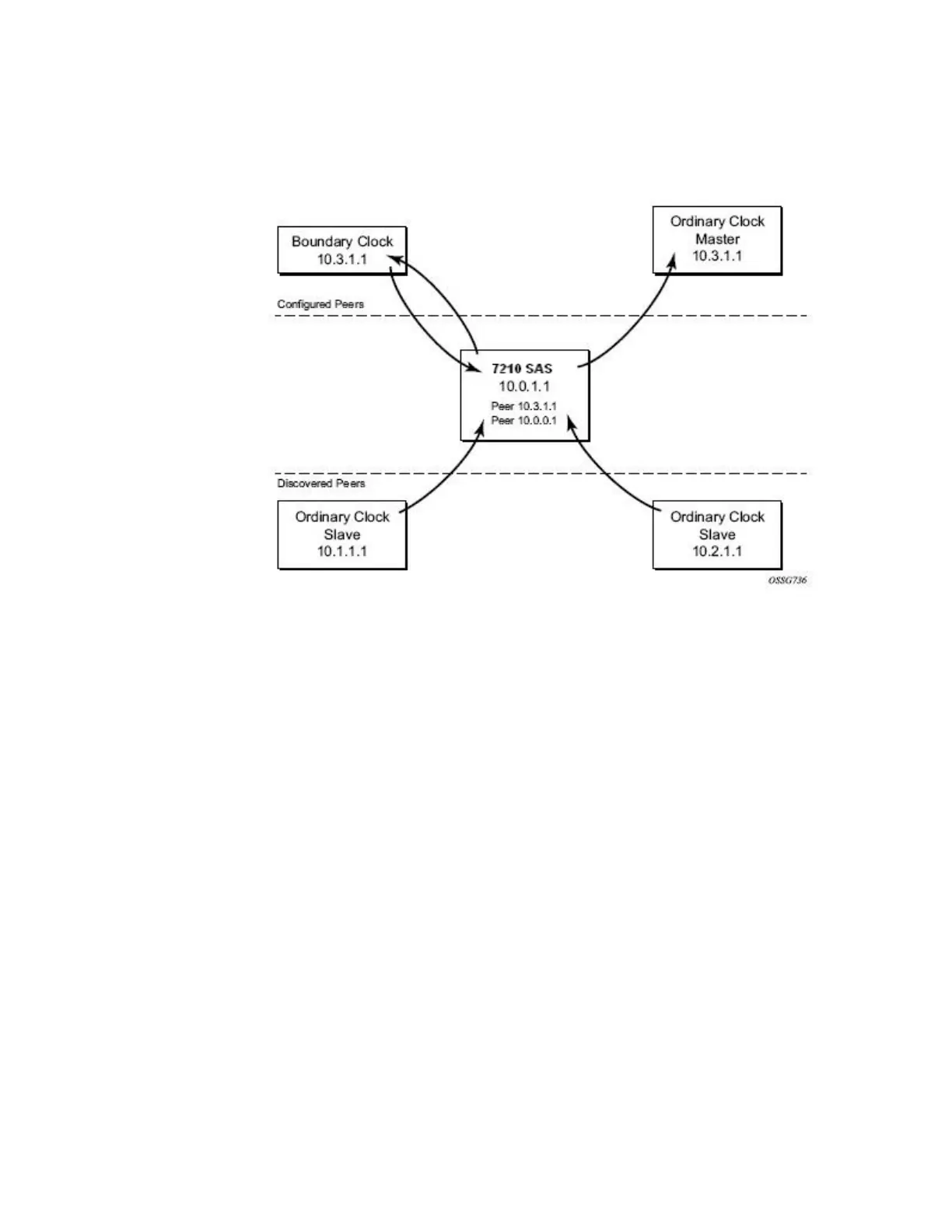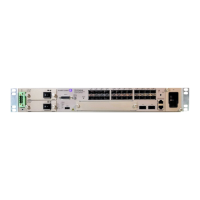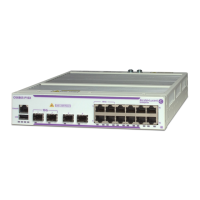System Management
7210 SAS D, E, K OS Basic System Configuration Guide Page 201
Figure 20: Peer Clocks
The IEEE 1588v2 standard includes the concept of PTP profiles. These profiles are defined by
industry groups or standards bodies that define how IEEE 1588v2 is to be used for a particular
application.
7210 SAS currently supports two profiles:
• IEEE 1588v2 default profile
• ITU-T Telecom profile (G.8265.1)
In both cases, communications between clocks utilize the Unicast communication procedures of
the IEEE standard. The transport layer uses UDP/IPv4 encapsulation.
When a 7210 SAS receives Announce messages from one or more configured peers, it executes a
Best Master Clock Algorithm (BMCA) to determine the state of communication between itself
and the peers. The system uses the BMCA to create a hierarchical topology allowing the flow of
synchronization information from the best source (the Grandmaster clock) out through the
network to all boundary and slave clocks. Each profile has a dedicated BMCA.
